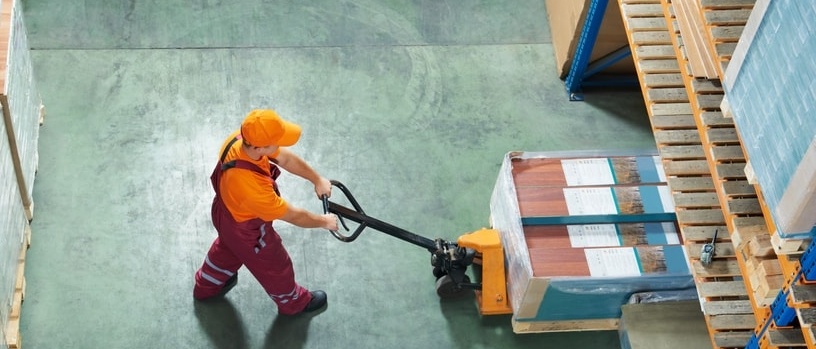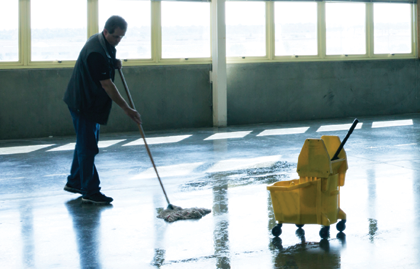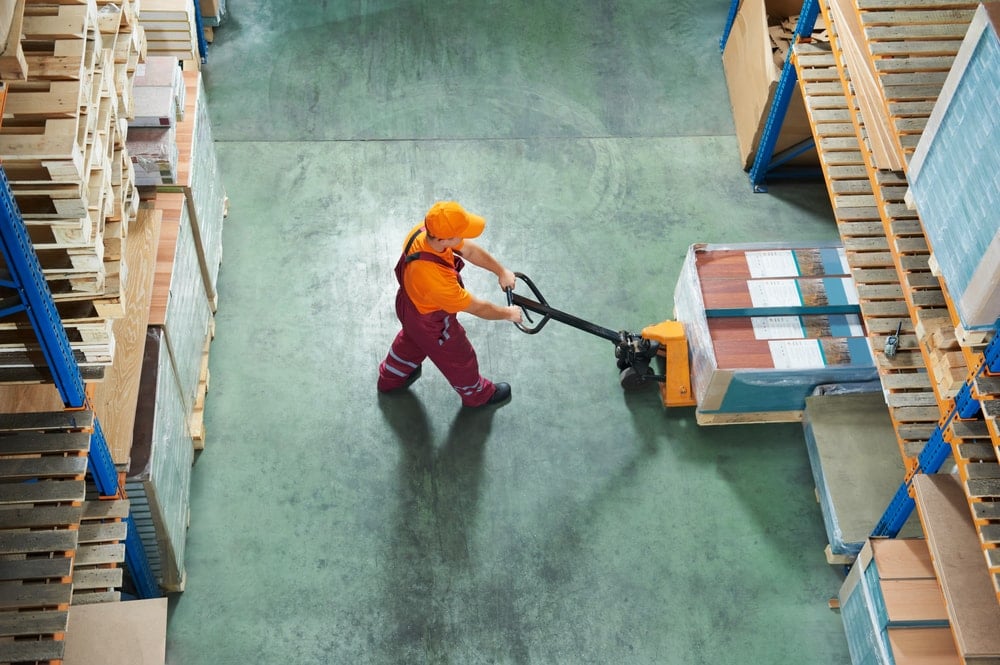If cleanliness is next to godliness, it’s safe to say your warehouse is not the holiest of places. The general upkeep of your warehouse is often the first thing a visitor will notice, but it can be hard to convince your employees of the importance of keeping things clean. Taking the time to show your employees the value of warehouse cleanliness will go a long way toward keeping your facility running smoothly. You can get started right away.

The issues of warehouse cleanliness
On an average walk through of the warehouse floor, you can likely point to certain areas that could be improved in the cleanliness department. Trash on the floor might not seem like high priority, but little things can grow into larger safety issues if left over time.
Continue on to the break room and bathrooms and you’re probably met with a similar sight. Employee break room and bathroom etiquette (no paper towels in the toilet!) might not seem like something you need to take control of. But keep in mind that people have different definitions of "clean".
Perhaps the biggest challenge is that it’s not just cleanliness inside the warehouse you need to be aware of. You need to make sure the outside is clean as well. Trash in the parking lot or a pile of damaged skids stored in the back, for example, will be the first things your executives question when visiting the warehouse. You obviously wouldn't want anyone to see a dirty exterior, but this is something that can be easily overlooked if the majority of your efforts are concentrated on maintaining the warehouse floor.
All of these issues are fixable; you can make cleanliness a differentiating factor for your facility. But how exactly should you go about doing it?
Motivate your team and get them involved
First off, you need to get your employees involved in the process. Keep in mind that some members of your team will be more willing than others to help keep the warehouse clean. Identify those employees and encourage them to act as advocates for the general upkeep of the warehouse.
Then, set a meeting where you can open a dialogue with your employees. Communicate the issues you're seeing and take note of your team's suggestions and feedback. Remember, they’re the ones doing the job every day and they likely know the most efficient way to get something done. Gather your team and listen to what they have to say. They'll be far more likely to implement a cleanliness solution if they had a hand in creating it.
Still, there will be those who require a little more motivation. Signage can be a great way to consistently remind employees to make the right decisions and follow warehouse etiquette. For those employees who require a more hands-on approach, it might take verbal warnings to instill actual change in behavior. Cleanliness matters, and will be far easier to maintain if you can get your team members in the habit of tidying as they're working.
Make sure you have the right equipment
It’s great to have your team on board with the idea of cleanliness, but you also need to make sure they've got the right equipment to actually follow through with it. Let’s say you’ve determined that keeping the warehouse floor clean from the snow and salt tracked in during the winter is a cleanliness priority. You might need to invest in an industrial floor scrubber for that purpose. Whatever the task, make sure your employees have an efficient tool to get the job done.
Many hands make light work
Instead of singling out individuals, set up a schedule where each department is responsible for an overarching cleanliness task. For example, create a rotating schedule where a different department is responsible for keeping the outside of the warehouse clean each week. By applying an entire “cleaning team” to a task, you'll both keep employees engaged and achieve your desired level of cleanliness.




